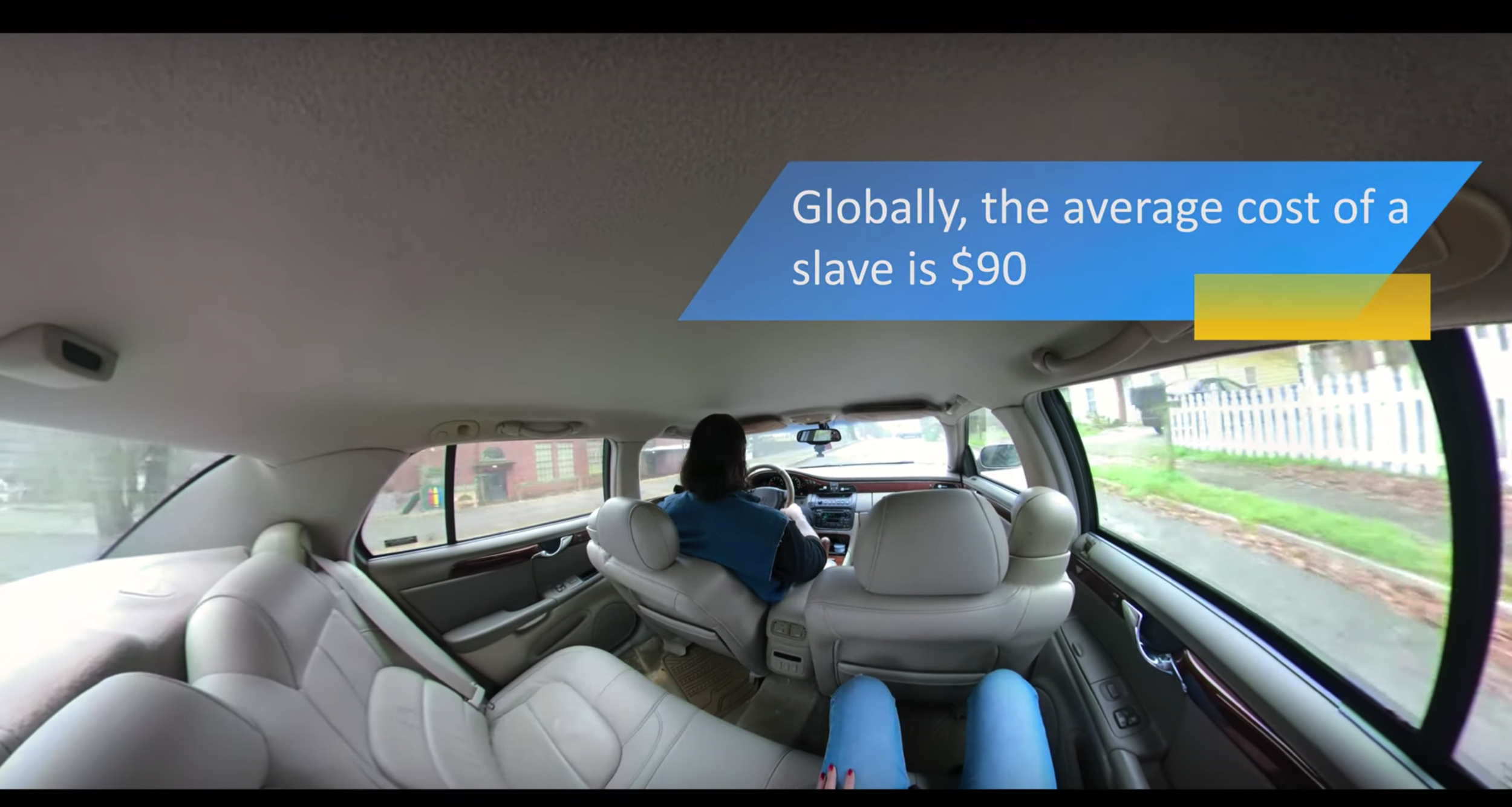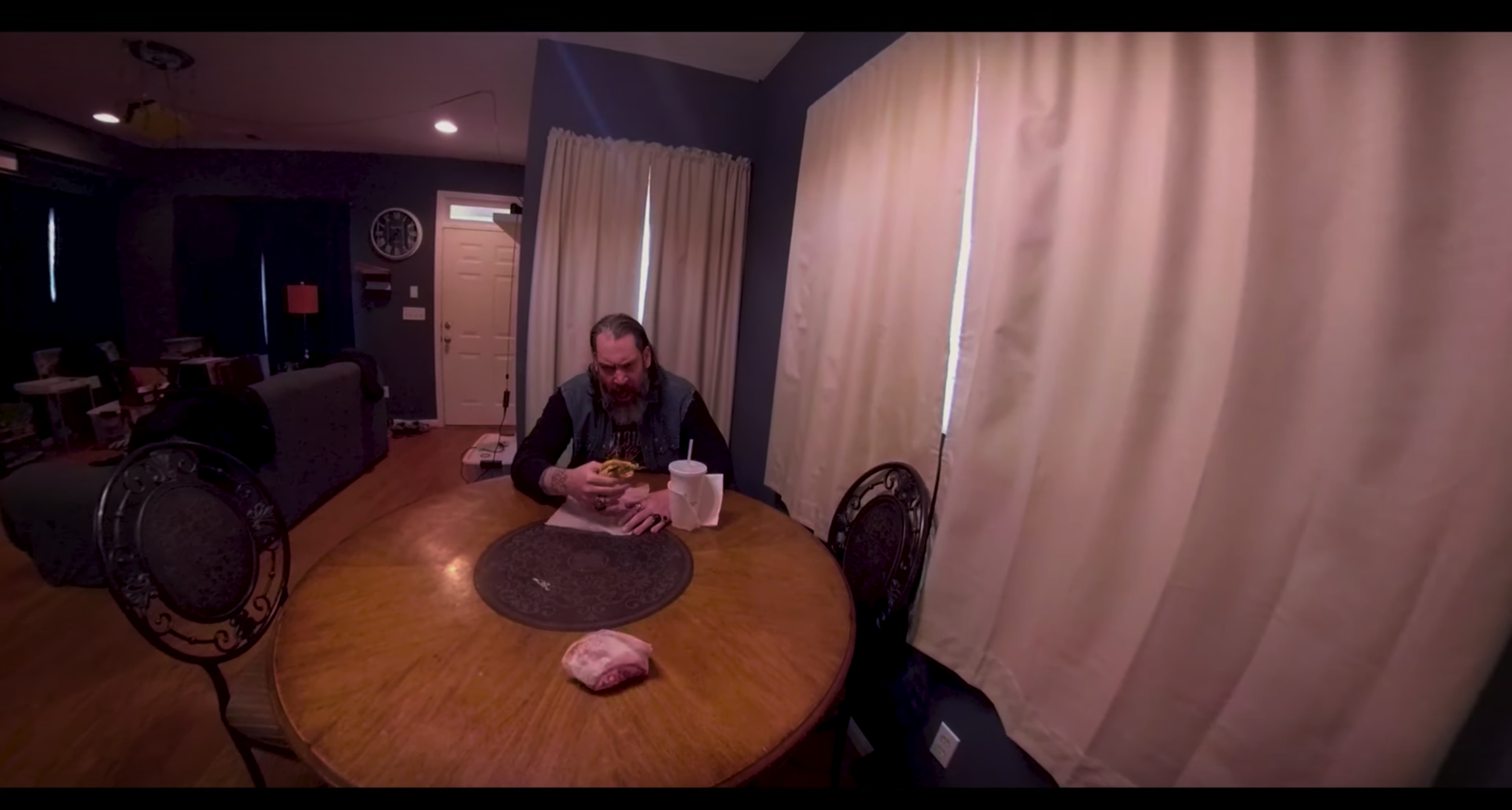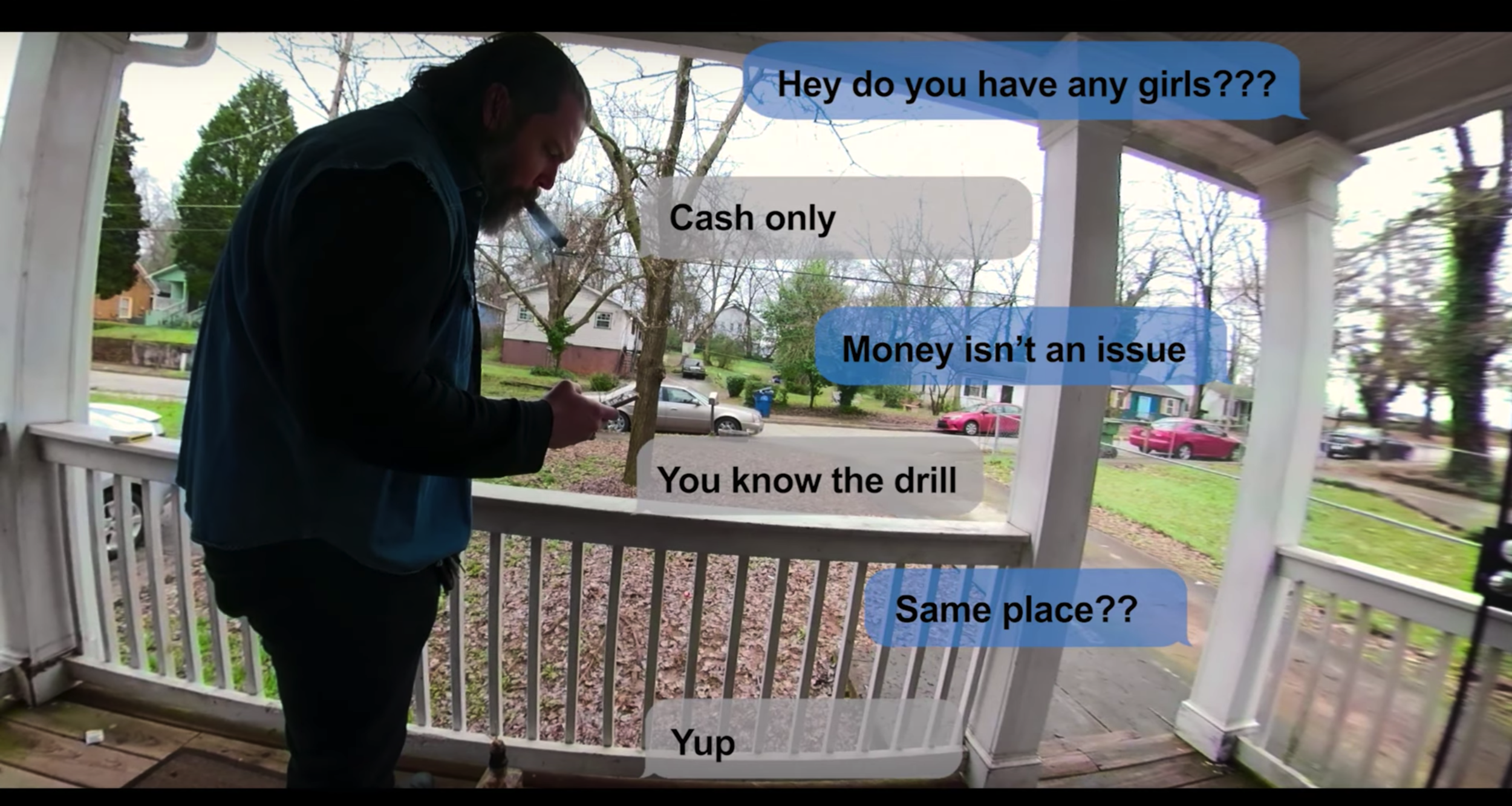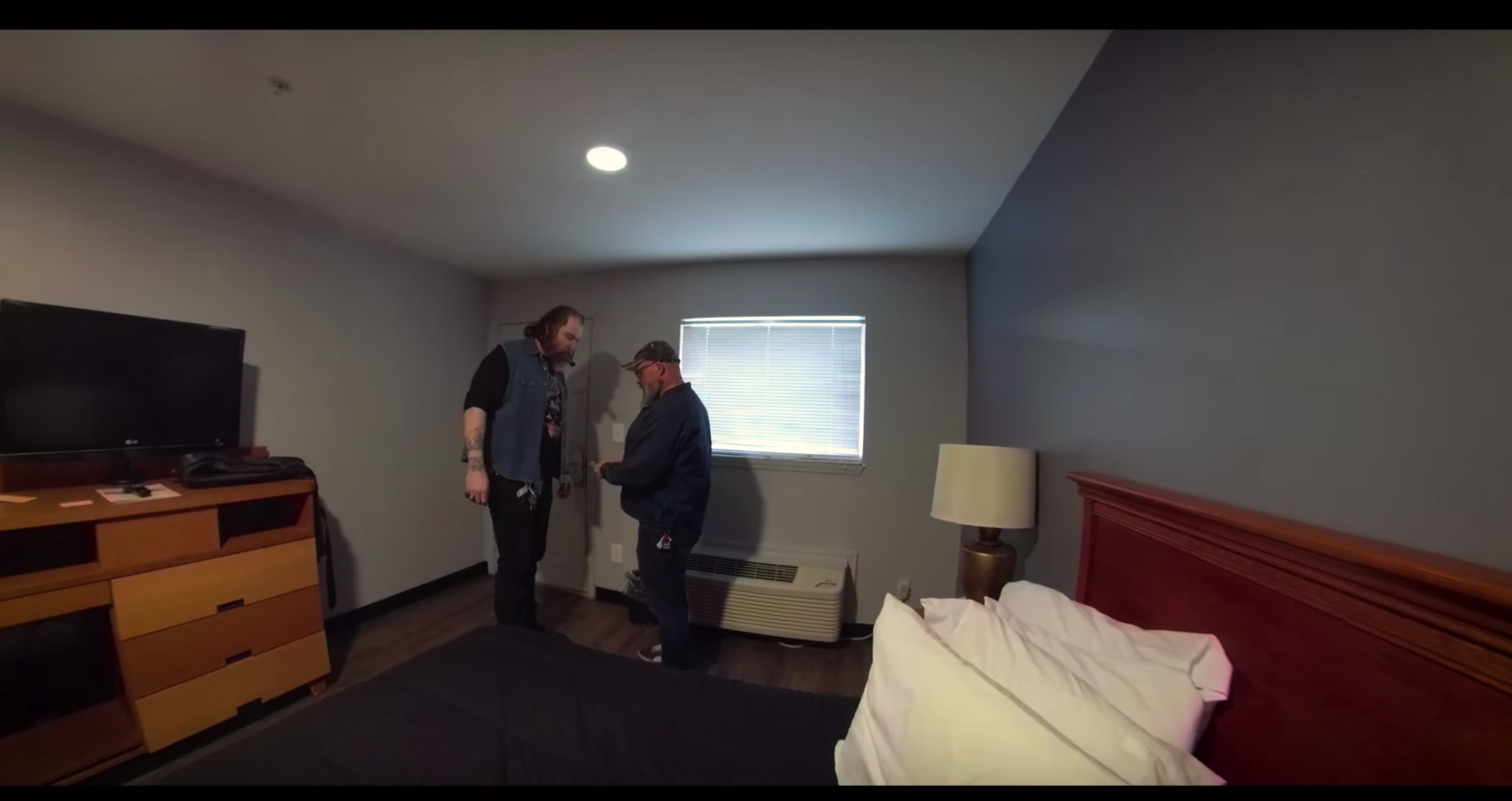Through Your Eyes VR Experience
The “Through Your Eyes” VR experience shows trafficking from a different point of view. It takes you into the eyes of a person being trafficked while giving insightful information. I was very humbled to be part of this project, and bringing this issue into the light in an innovative way.
My Role: I was the writer, designer, director, and producer of this video.
Task: The nonprofit youthSpark wanted to find a new innovative way to fund raise.
Research:
The nonprofit sector is changing drastically, and technology is playing a key part in the nonprofit’s visibility. Through research, I found three key areas where technology helps nonprofits.
Social Media
Video Content
Digital Donations
Human trafficking is a very sensitive subject, and the advertisement of the subject is directly affected by that. Most advertisers go the route of showing the victims as "chained." While jarring, this perspective is not a realistic depiction of trafficking. Statistics show that the "pimp" uses more mental abuse than physical abuse. Abuse is difficult to portray, which lead me to do more research on how other organization were portraying these actions.
Ally Analysis:
After looking at other organizations take on trafficking, I came to these conclusions.
Most of the organizations were using the "chained" ads
Organizations were moving more towards video advertising
Other organizations have been using social media to extend their visibility
Virtual reality is starting to get used for fundraising
Virtual Reality In The Nonprofit Sector
Regular videos are a great way of showing what your organization stands for. Virtual reality takes it to the next level and puts you in someone else's shoes. Virtual reality videos show a very intimate perspective on anything. I saw this as an opportunity to show a day in the life of a trafficked individual.
An example of a virtual reality experience telling a story:
Thankfully the youthSpark organization had done in-depth research on trafficking. By having these statistics/research, I was able to start planning the storyboard of the experience.
Exploration:
During the story boarding process of the project, there was a factor of crossing the line of being too graphic. I had to get the approval from the board/project manager before anything was published. By having these factors and research done by the team, I was able to make a storyboard that immersed the user but did not cross the line.
The Storyboard:
I needed the visual to highlight these key points:
The transaction of trafficking
The relationship between the abuser and the abused (Studies show that most victims come from broken homes, and the abusive situation is better than their original living situation)
Realistic settings
Nonphysical abuse
Key facts about trafficking
The Scenes:
I had limited time and resources, which meant every minute of the experience counted. After much deliberation, we decided on these scenes. I accompanied the scenes with an overlay of information pertaining to trafficking.
Intro Monologue
Car Scenes
Food/Abuser Scene
Transaction Message Scene
Hotel Scene
The intro monologue sets the tone of the video
The car scenes make the video relatable to everyday life/routines
The food scene shows the abuse, but leave it to the audience's imagination of what happens next
The transaction and the hotel scenes also show trafficking, but it's up to the viewer's interpretation of what happens next
These scenes achieved the goals of the experience in a tasteful way that did not go too far.
Implementation:
I was in charge of hiring/scheduling the actors, location scouting, directing, GFX, and post productions of the VR experience.
Equipment:
GoPro Fusion
Adobe Premiere
GoPro 360 Video Production Software
Oculus Go
iPad Pro
The filming of the project was very tricky. The main character was wearing a helmet with the GoPro mounted to the front. I could not be in the frame of the camera, so I had to direct the actors and then watch from my iPad in another room (the iPad was connected to the GoPro, and served as a viewfinder). We only had one day to shoot, and we had to get right the first time.
Friction:
The high stakes of a one day shoot meant no room for errors. When everything was said and done, I found out a portion of the footage showed the pink helmet. I originally planned to have a free-flowing head movement in the experience, but with this showing, this would not be possible. Also, the GoPro software only allowed one fixed location if you moved the camera angle from the original shooting point.
At this point, we decided to make the experience a guided viewing experience. By doing this, we also solved another issue of people looking in the wrong direction when the information overlays appeared.
Typography:
Overlaying text on video is very tricky. There are many factors like lighting, sizing, font style, and viewing distance in VR. I made a custom overlay graphic that aligned with the youthSparks branding. I then adjusted it depending on the size of the information block.
Outcome:
I am very humbled as a designer to be part of this project. The production of this project was very emotional for me and pushed me to the edge as a designer. The subject was portrayed in a very tasteful and informative manner and didn't cross the line. At the release event for the video, we raised $15,000 that evening through donations. We are also planning to track the success metrics of the experience with the donate button on the page of the newly designed website. Again, I learned a lot from this project, and I am honored that they chose me to manifest their vision.





